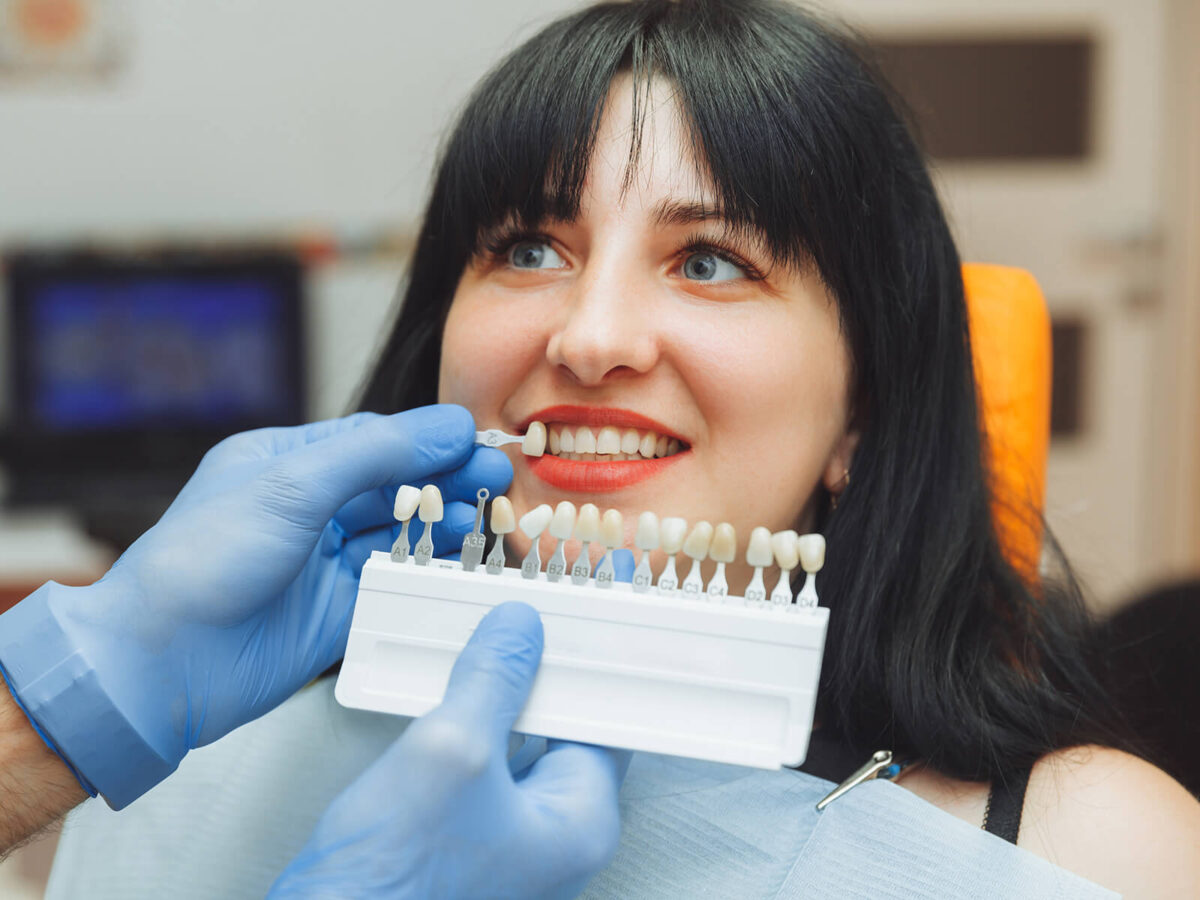Blog
Dental hygiene tips for healthy teeth & gums

Dental Bonding or Porcelain Veneers – Which Is Right For You?
When it comes to enhancing the look of your teeth, the team at Lytle Dental in Lytle, TX, understands that you have quite a few cosmetic dentistry options to consider. Two of the most popular treatments are dental bonding and porcelain veneers, each having its unique benefits and issues.
Dental Bonding: A Quick and Affordable Fix
Dental bonding is a cosmetic technique in which your tooth’s floor is at once lined with a resin material that suits your teeth. This resin is then sculpted and polished to hide several imperfections, consisting of chips, cracks, discoloration, or gaps between teeth.
- One of the important advantages of dental bonding is its relative simplicity and affordability.
- The procedure can normally be completed in a single workplace visit, and the expense is typically lower than that of porcelain veneers.
- As a reversible treatment, bonding can also be removed if you decide to pursue an alternative cosmetic treatment.
However, it’s vital to note that dental bonding is not as durable as porcelain veneers. The resin cloth used in bonding is more at risk of chipping, staining, and being put on over time, commonly lasting 3 to 10 years earlier than wanting to be replaced.
Porcelain Veneers: A Longer-Lasting, High-End Solution
Porcelain veneers, then again, are skinny, custom-made shells that can be permanently bonded to the front of your enamel. Superior dental porcelain, which carefully resembles the appearance and traits of herbal enamel tooth, is used to create those veneers.
Ideal for Significant Cosmetic Concerns
Porcelain veneers are a terrific choice for addressing extreme discoloration, misshapen enamel, or large gaps and alignment troubles. Unlike dental bonding, veneers provide a long-lasting solution, with a normal lifespan of 10 to 15 years or more if cared for correctly.
The Process
Getting porcelain veneers usually entails dental appointments. Your dentist prepares your teeth for the veneer by casting off a small amount of teeth during your first appointment. Veneers are fabricated in a dental laboratory after impressions are taken. At the second appointment, the veneers are carefully bonded to your teeth, developing an unbroken, natural-looking smile.
Considerations and Investment
While porcelain veneers can be more expensive than dental bonding, their sturdiness and advanced aesthetic qualities regularly make them a worthwhile investment for most patients.
Choosing the Right Option for Your Smile
When deciding between dental bonding and porcelain veneers, it is vital to recall your particular smile dreams, finances, and the number of cosmetic issues you want to deal with. If you’re looking for a brief, cost-powerful answer for minor imperfections, dental bonding can be the correct choice. However, if you’re searching for an extra comprehensive, long-term smile transformation, porcelain veneers may be the better option.
Conclusion
The workforce at Lytle Dental in Lytle, Texas, will assess your requirements and assist you in choosing a pleasant cosmetic dental alternative. We will listen for your goals, weigh the advantages and downsides of each system, and help you pick out the course of action that will provide you with the lovely, self-confident smile you deserve. A perfect smile is no longer a barrier to letting the world see your smile. Contact Lytle Dental today to schedule a consultation and take step one closer to achieving the smile of your dreams.


